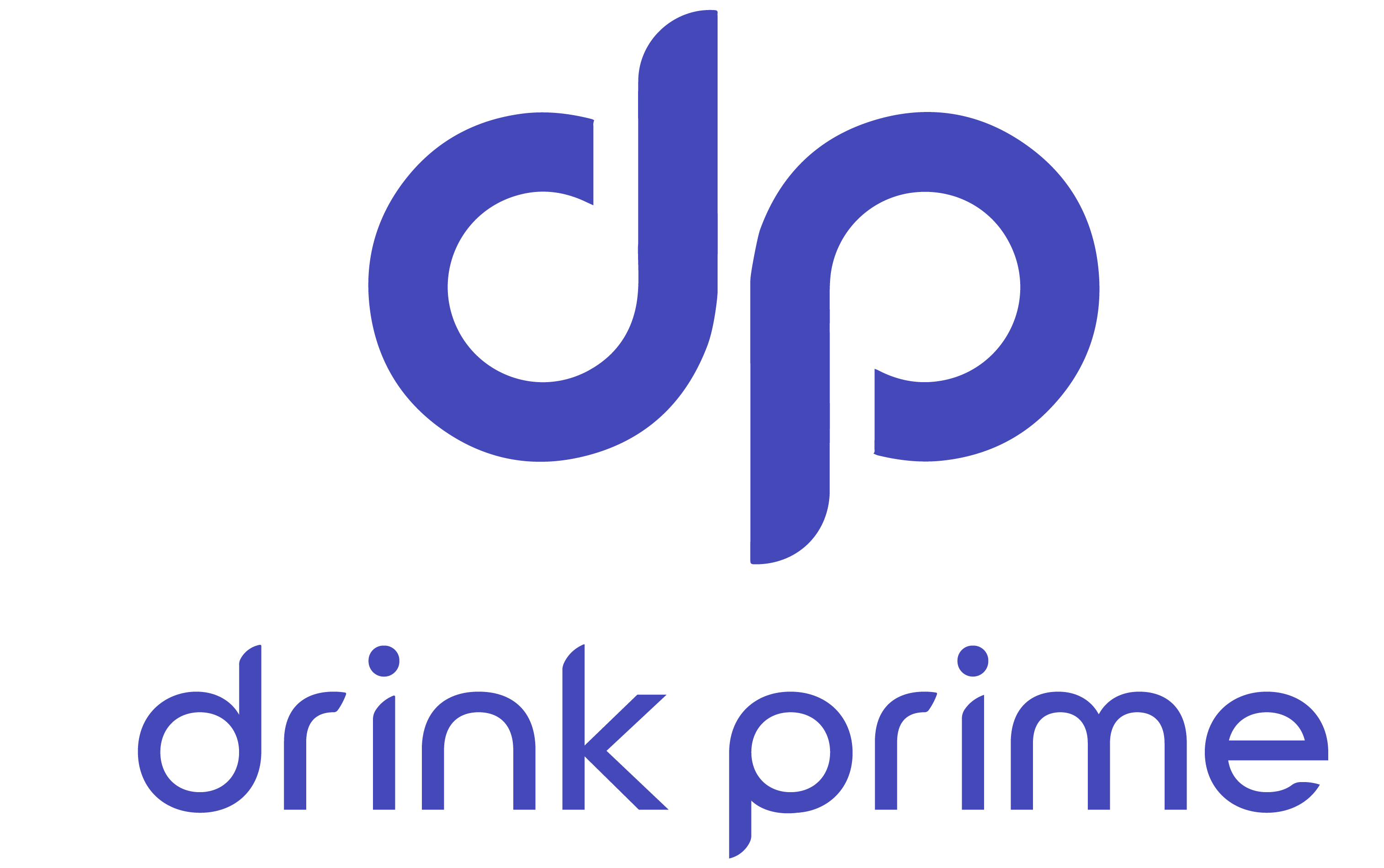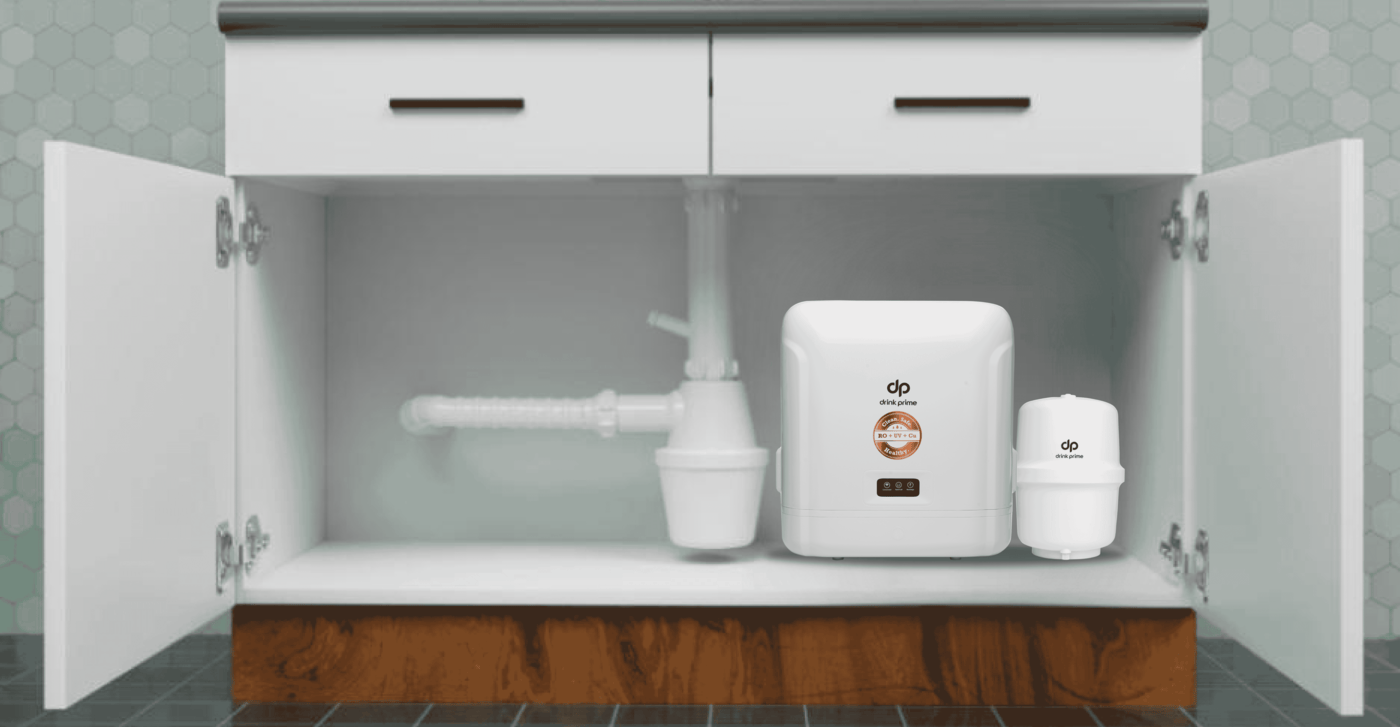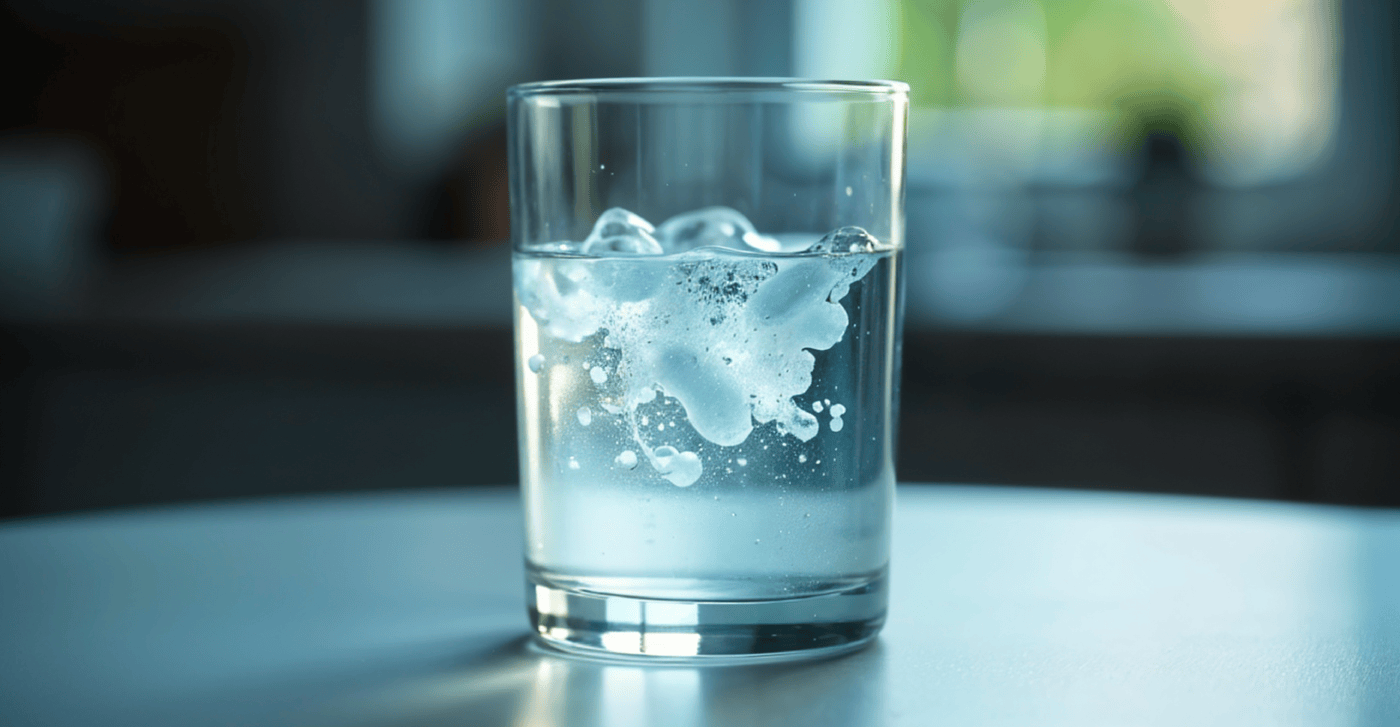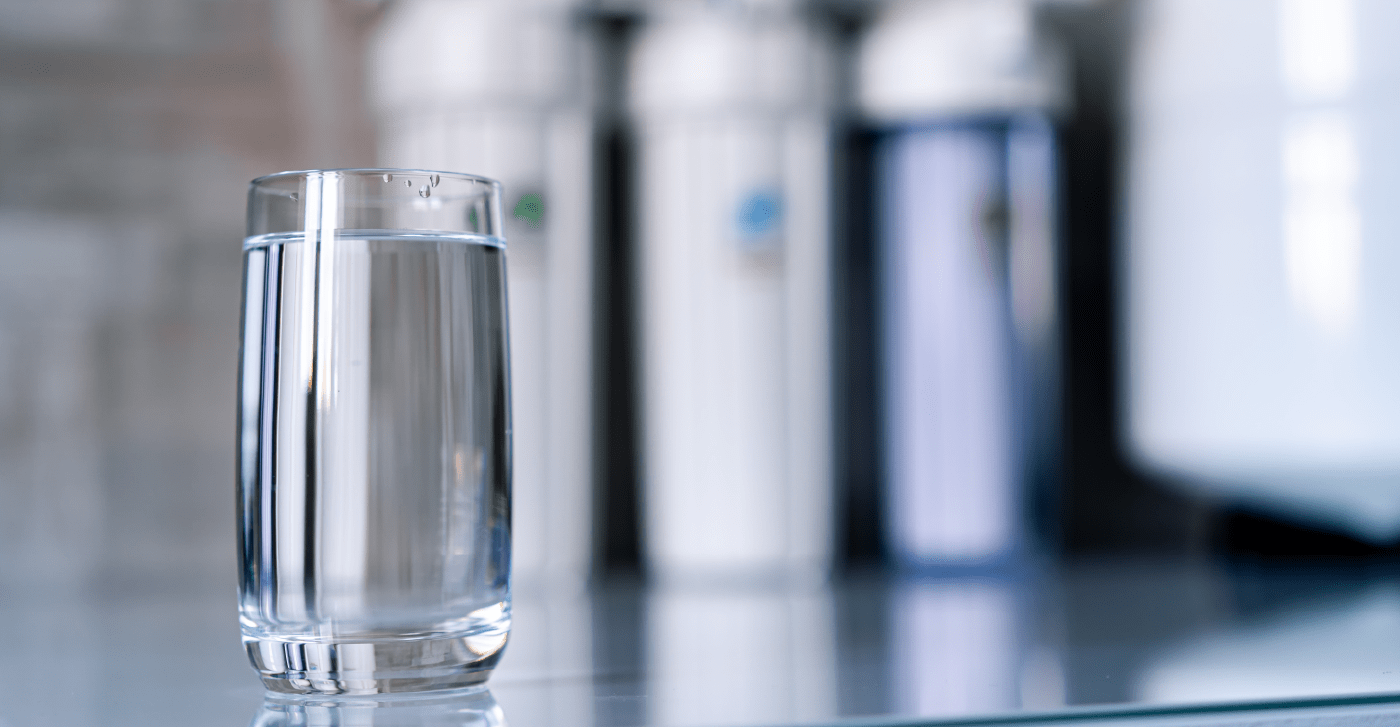As the monsoon season sweeps across different cities, bringing relief from scorching temperatures and replenishing parched earth, there’s a hidden concern that often goes unnoticed – the potential contamination of drinking water.
Monsoons, while refreshing and life-giving, also bring about a host of waterborne diseases due to the contamination of our different water sources. That’s why water purification in monsoon is important.
During this season, heavy rains can wash pollutants, debris, and harmful microorganisms into water bodies such as rivers, lakes, and reservoirs. These contaminants infiltrate water sources, making them a breeding ground for diseases like cholera, typhoid, and gastroenteritis.
In this blog, we delve into the various water purification techniques that play a pivotal role in ensuring that the water we consume remains free from contaminants during the monsoon season. By understanding how these purification methods work, we can make informed choices about the water we drink, reducing the risks associated with consuming contaminated water.
Let’s dive in!
What are the different purification methods?
The good news is for clean and safe drinking water, various purification methods have emerged as effective safeguards against contaminants, especially during the monsoon season when water quality is often compromised. Let’s take a closer look at some of these methods, including Reverse Osmosis (RO), Ultraviolet (UV) treatment, and more.
1. Reverse Osmosis (RO)
This method for water purification in monsoon employs a semipermeable membrane to remove impurities, minerals, and even microorganisms from water. Water is forced through the membrane, allowing only pure water molecules to pass, while contaminants are left behind.
RO is particularly effective in eliminating dissolved solids, heavy metals, and salts, making it an excellent choice for areas with high TDS (Total Dissolved Solids) levels. It not only enhances the taste and clarity of water but also provides a reliable defense against waterborne diseases.
Water is forced through the membrane, allowing only pure safe water molecules to pass through while contaminants are left behind. RO especially is highly effective in eliminating dissolved solids, heavy metals, and salts making it an excellent choice for areas with high TDS levels. When it comes to water purification in monsoon, it not only enhances the taste but also the clarity of the water.
2. Ultraviolet (UV) Treatment
UV purification when done for water purification in monsoon involves exposing water to UV rays, which effectively destroy the DNA of bacteria, viruses, and other microorganisms, rendering them unable to reproduce. This process doesn’t involve the use of chemicals and is an environmentally friendly way to disinfect water. UV treatment is highly efficient in neutralizing harmful pathogens, making it valuable for water purification in monsoon, especially when the risk of waterborne illnesses is high.
3. Filtration
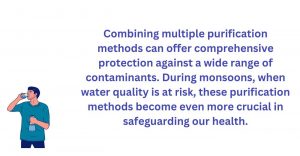
Filtration is a common and versatile purification method for water purification in monsoon. It involves passing water through various filters that capture particles, sediment, and contaminants of different sizes. Filters are made from materials like activated carbon, ceramic, and sand.
These filters physically trap impurities, ensuring that the water is visibly clearer and free from larger contaminants. While not always sufficient on its own to remove all types of contaminants, filtration is often used in combination with other purification methods.
4. Boiling
Boiling water remains one of the simplest and oldest methods of purification. Bringing water to a rolling boil for a few minutes is effective in killing most bacteria, viruses, and parasites, thus making the water safe to drink. While boiling is effective in neutralizing pathogens, it may not remove other types of impurities like chemicals and heavy metals.
5. Chemical Disinfection
Chemicals like chlorine and iodine are used to disinfect water by killing microorganisms. These chemicals are easy to carry and very useful in emergency situations. However, they may leave an aftertaste and are less effective against certain types of parasites and cysts.
6. Activated Carbon Treatment
Activated carbon, often used in filters, is exceptional at adsorbing organic compounds, chlorine, and certain chemicals that affect taste and odor. This method enhances the overall quality and taste of water.
As we navigate the intricacies of water purification methods, it’s important to consider factors such as water source, local contamination levels, and individual needs. Combining multiple purification methods can offer comprehensive protection against a wide range of contaminants.
During monsoons, when water quality is at risk, these purification methods become even more crucial in safeguarding our health and ensuring that the water we consume is pure, refreshing, and devoid of potential hazards.
Why are water purifiers important to avoid contamination of drinking water?
In today’s day and age, water purifiers play a crucial role in safeguarding public health by preventing the contamination of drinking water. Water purification in monsoon is essential for maintaining well-being, as waterborne diseases have serious health implications. Water purifiers utilize various methods to ensure that the water we consume is free from harmful pollutants, microorganisms, and contaminants.
One primary way water purifiers work is through the process of filtration. Different types of filters, such as activated carbon filters and sediment filters, are employed to trap particles like sediment, rust, and chlorine. These filters effectively remove visible impurities, improving the water’s taste and odor, making it effective for water purification in monsoon.

Another important mechanism in water purifiers is reverse osmosis (RO), which is highly effective in removing dissolved salts, heavy metals, and microbes. Water is forced through a semipermeable membrane that allows only water molecules to pass, leaving behind contaminants. This method is particularly vital in areas with high levels of dissolved impurities in their water sources.
The significance of water purifiers cannot be overstated. Inadequate drinking water treatment leads to outbreaks of diseases like cholera, dysentery, and typhoid, causing widespread health crises. Especially in regions where clean water infrastructure is lacking, water purifiers offer an accessible and reliable means of obtaining safe drinking water.
Additionally, the rise of industrialization and pollution has led to the contamination of water bodies, further underscoring the importance of home water purification. Agricultural runoff, improper waste disposal, and chemical discharges introduce pollutants into water sources, posing serious health risks.
Get 7 Days Risk Free Trial
Conclusion
Water purifiers play a pivotal role in avoiding the contamination of drinking water by employing filtration, reverse osmosis, and UV technology. This is very useful when it comes to water purification in monsoon. By removing impurities, pathogens, and pollutants, water purifiers contribute significantly to public health and well-being.
If you’re tired of drinking water that tastes and smells really bad, DrinkPrime’s IoT-enabled water purifier is here to save the day! We use top-of-the-line technology to remove all the nasty stuff from your H2O, so you can enjoy a refreshing drink without worrying about ingesting anything that might give you an illness!
But wait, it gets even better! You don’t have to commit to a long-term relationship with us- you can rent it instead! Click here for more details – https://drinkprime.in/
